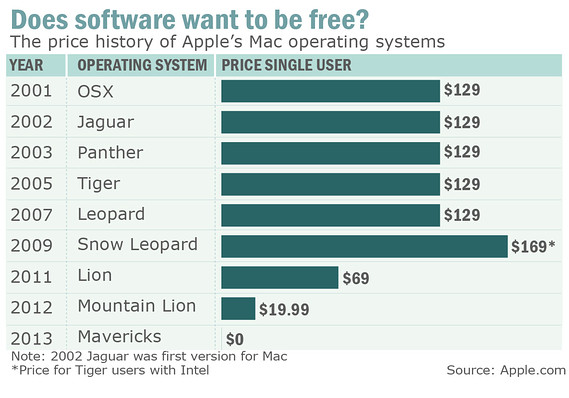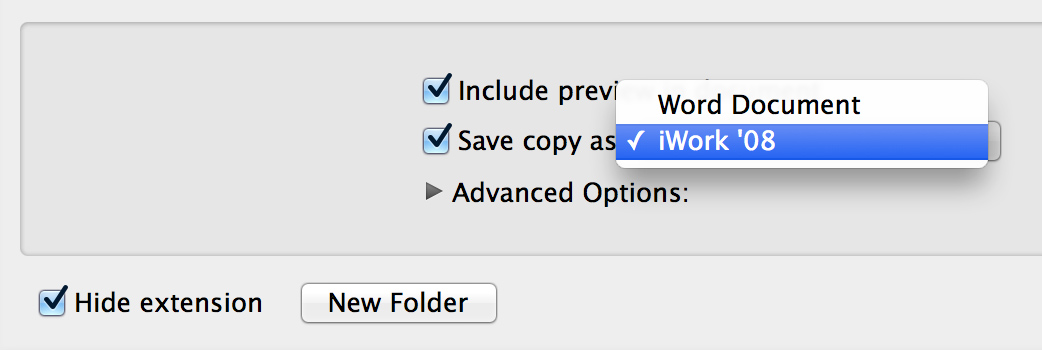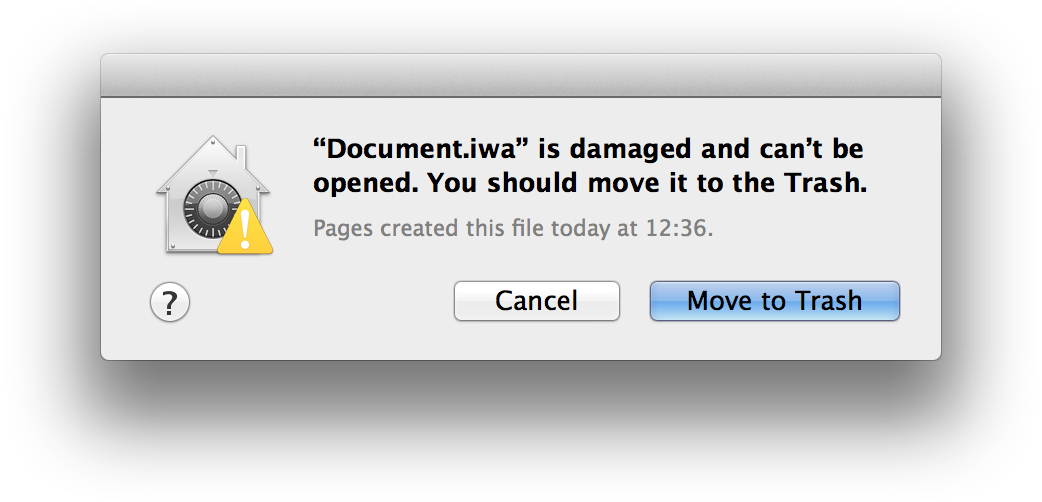Note, November 8: In hindsight, this post should have been titled “Nostradumbass”, but I was not that clever at the time.
I harbour a measured amount of disdain for most analysts. I find them lacking in reliability while maintaining the guise of being reputable. People make real decisions using real money based on the advice of analysts who rarely admit to wrongdoing.
Some analysts, like KGI Securities’ Ming-Chi Kuo, are fairly accurate most of the time, and can be trusted on to make these decisions. I’m not as disdainful of this group. Other analysts, like Rob Enderle, have descended into mockery and parody based on how overwhelmingly wrong they are. You wouldn’t make any financial decisions based on what Enderle says.
But the third kind is the most dangerous: analysts who retain a guise of accuracy while being anything but. Brian White is one of those.
I’ve spent a few years mentally keeping track of his predictions; several weeks ago, I started adding them to my Pinboard. It’s time to review his record.
On April 13, 2011, AppleInsider published a note from White — then at Ticonderoga Securities — which claimed that Apple was to enter the HDTV market by the end of that year:
“Our research suggests this Smart TV would go well beyond the miniature $99 second-generation Apple TV that the company released last fall and provide a full-blown TV product for consumers,” White said.
This prediction was clearly wrong. Two years later, and Apple hasn’t released anything close to what White predicted.
A little over a year later, White raised his price target for Apple:
Topeka Capital Markets analyst Brian White, the most bullish analyst covering Apple Inc., raised his estimates after the company’s big earnings this week, predicting it will become the first trillion-dollar company sometime next year.
That is based on White raising his stock price target to $1,111 a share from the $1,001 estimate he projected earlier this month.
He estimated a market capitalization of a trillion dollars in 2013. As of the time of writing this, Apple’s market cap is well under half that amount. When he wrote this note, Apple stock was trading at $614 — a little over half his end of 2013 target.
On June 4, 2012, PC Magazine published a note from White — who moved to Topeka Capital in the interim — with predictions of what products Apple was set to launch that September:
“Regarding the widely anticipated iPhone 5, we believe a September launch is more likely than October.”
Good start. How can he mess this one up?
Even better — the Cupertino tech giant will launch its sixth-generation iPhone alongside the much talked-about “iPad mini,” White predicted. Recent rumors indicate that the scaled-down iPad will measure in at 7 inches, and be priced competitively at around $200 to $250.
And he blew it. The iPad Mini was released a month after the iPhone, measures closer to 8″, and is priced at $300.
Then, on July 5, 2012, CNBC featured him on “Fast Money”:
The senior analyst also sees plenty of upside for Apple and holds his year-end price target steady at $1,001 — roughly 18 times earnings. In other words, he says the good news hasn’t been priced into the stock yet. And with a slew of other new products in the pipeline — including the iPhone 5, a potential Apple TV and the iPhone coming to China Mobile — he thinks fall could see the “biggest consumer electronics launch in history.”
Not only has his $1,000 estimate yet to be reached, the China Mobile deal still hasn’t materialized, and neither has the Apple TV. Also, how is he “holding steady” on a target he raised a few months prior?
Then there’s White’s January 2, 2013 note to investors:
In terms of more colors, we believe the next iPhone will draw inspiration from the iPod touch that became available in multiple colors (beyond the traditional Black and White) for the first time this past October. These colors included pink, yellow, blue, white & silver, black & slate […]
In our view, the iPhone 5 unibody aluminum case is a work of art and we believe it would be even more popular with the ability for consumers to choose from a wide array of vibrant colors that only Apple can deliver.
No credit for this mess of a prediction. The iPhone 5S — the aluminum one — has the addition of a gold model and the replacement of “slate” with “space grey”. Meanwhile, the pink, yellow, and blue colours are only for the plastic-backed iPhone 5C.
There’s more from that same note:
Our checks are also indicating that the next iPhone will offer customers more choice in terms of screen size.
No.
At the same time, Apple could unveil a larger screen size compared to the recently updated 4-inch screen on the iPhone 5.
No.
BGR published additional details from that note:
“Our checks indicate that the next iPhone will have more choices for customers,” the analyst wrote. “This entails an expansion in both the color patterns and screen sizes with the next iPhone (i.e., likely called the iPhone 5S) that we currently believe will be launched in May/June with certain supply production starting in March/April.”
By April 9, it must have been clear to White that his “March/April” start-of-production prediction was incorrect, so he simply changed it in an April 9 note to investors:
However many screen sizes Apple offers, White believes the iPhone 5S will debut in July. That forecast echoes the opinion of other analysts eyeing a summer release for the next iPhone.
Nope. (It’s worth noting that Ming-Chi Kuo predicted July as well.)
How about the lower-cost iPhone?
“Our research is now indicating that we should not expect the price to dip below $300 and those expecting a $150 to $200 iPhone will be disappointed,” White said. “We have previously discussed an [average selling price] of $250 to $300 for a lower priced iPhone; however, a price tag of $300 to $350 now makes more sense.”
White’s guess was about $200 too low.
That same day, White claimed that a 60-inch Apple TV would be launching in 2013:
Now, an analyst says he’s learned that the set will go on sale late this year, for $1,500 to $2,500.
In a research note Wednesday, Brian White of Topeka Capital Markets says the “iTV” will be 60 inches on the diagonal, but could also come in 50- and 55-inch versions. Apple will also release a small “iRing” that fits on the viewer’s finger, allowing the user to control the screen by pointing, White says.
While 2013 is yet to come to a close, it’s extroardinarily unlikely that a 60-inch Apple TV is close to launching; there have been no “hard” leaks of it, such as parts or internal details. Furthermore, the idea that it will be controlled by an “iRing” is so fucking dumb that I’m surprised Topeka was willing to publish his report.
By October 4, it was clear to White — now at Cantor Fitzgerald — that his 2013 Apple TV prediction wasn’t likely to pan out, so he subtly changed it in a new note to clients:
“Given our contact’s position as a competitor to a potential “iTV” product, the company follows the development of this potential new product closely but indicated that he believes that “iTV” is not ready for primetime this year and expects an unveiling in 2014. This timing would be in line with our Apple initiation report published a month ago, where we indicated that we expect a full blown “iTV” by the end of calendar 2014,” said White.
Note that he doesn’t reference that he previously predicted an “iTV” by the end of calendar 2013, or previously, in 2011.
On October 8, White claimed that Apple would not launch an updated iPad Mini this month. Separately, he also claimed that Apple would not launch an iPad Mini with a retina display. He doubled down on these claims on October 21, the day before the keynote:
Finally, White believes that Apple’s iPad mini will only receive “incremental upgrades” this week. In other words, the iPad mini 2 may not be outfitted with a Retina display.
These claims are now demonstrably false, obviously. The iPad Mini is, indeed, available with a retina display.
White has made a few more predictions recently which cannot yet be verified, regarding the iPhone 6 and the much-rumoured Apple smartwatch:
“Our meeting with a tech supply chain vendor highlighted a bigger iPhone is in the works, and our contact expects a launch in the 2Q:14/3Q:14 time frame,” White said in an investors note released on Thursday. “Nearly a year ago, our research in Asia uncovered early stage work on a larger iPhone, and we indicated in our Apple initiation report dated 9/4/13 that ‘a larger screen size on the iPhone is possible in 2014 that could approach 5 inches.’ Given today’s meeting, we are confident that a larger iPhone (approximately five inches) will become a reality in 2014.”
“As an Apple supplier, our contact offered insight into the “iWatch” and described this potential new device as much more than an extension of your iPhone but as a multi-purpose gateway in allowing consumers to control their home (i.e., heating/cooling, lights, audio, video, etc.),” White said today in a research note.
I don’t understand yet how controlling your heat from your wrist is a blockbuster selling feature, or how that’s feasible in a more-or-less standalone product. If today’s smartwatches are crippled because they rely on a smartphone, imagine how lacklustre a smartwatch which relies on a Nest and a Lutron control panel will feel. Also, what problem is solved by controlling these features from your wrist that is not solved by a smartphone, iPad, or web-based app?
The iPhone prediction is plausible, but it will likely be next autumn before we know.
While these predictions have a chance of coming true, I’d place more trust in a Magic Eight Ball than in Brian White. As this track record has demonstrated, he is the worst combination of being frequently quoted, consistently wrong, and completely unwilling to acknowledge his misses. As I said at the top, people make decisions with real money based on information from analysts like White. He is one of the many things wrong with the financial industry. This clown needs no additional exposure.


